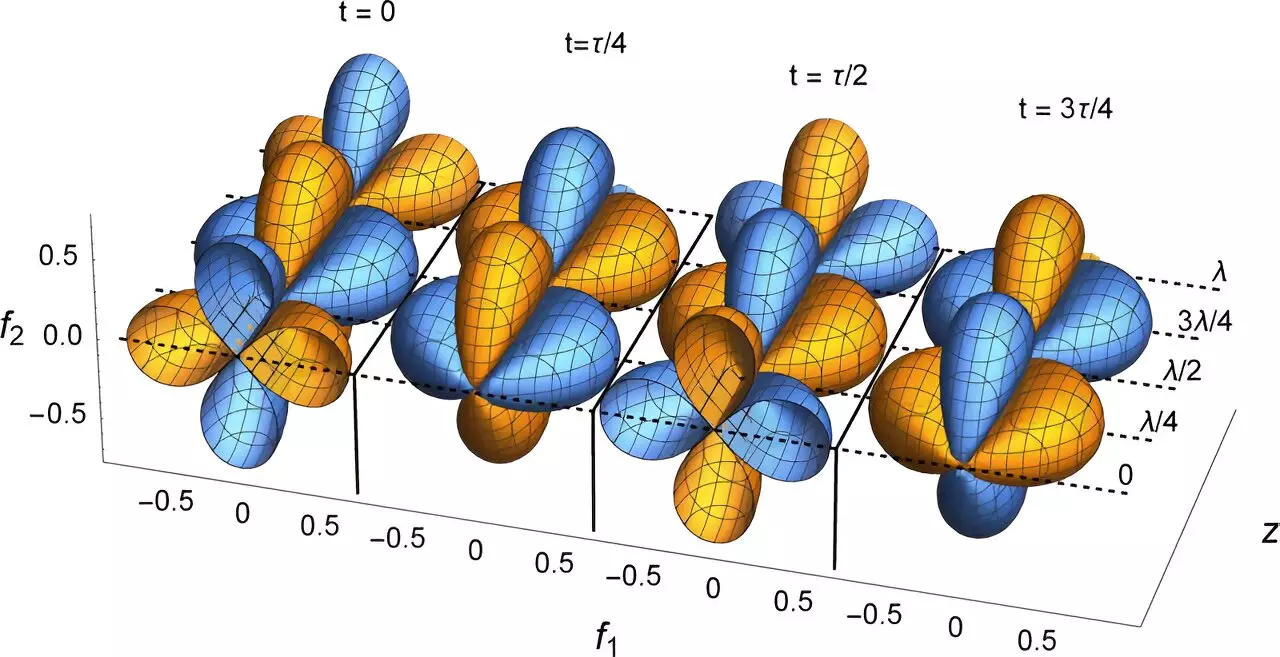The detection of gravitational waves, a phenomenon predicted by Einstein in 1916, opened up a new era in the field of astrophysics. The ability to observe these waves, which are created when two black holes collide, has provided researchers with valuable insights into the nature of the universe. However, the detection of gravitational waves is an incredibly complex and challenging task, requiring advanced technology and engineering. Traditional methods, such as the Laser Interferometer Gravitational-Wave Observatory (LIGO), have been crucial in detecting these waves, but researchers are constantly looking for new and innovative ways to study them.
The Proposal
A team of researchers from the Okinawa Institute for Science and Technology (OIST), the University of Tohoku, and the University of Tokyo have put forward a fascinating proposal for simulating gravitational waves in the laboratory. By utilizing the quantum condensate of cold atoms, these scientists have suggested a method to recreate the effects of gravitational waves on a much smaller scale. This groundbreaking research, which has been published in the journal Physical Review B, has the potential to revolutionize the way we study these elusive waves.
The Significance
Professor Nic Shannon, the senior author of the study, emphasizes the importance of this research in understanding the fundamental concepts of general relativity. By simulating gravitational waves in a controlled laboratory setting, researchers can gain valuable insights that can help enhance our understanding of the universe. This approach provides a simpler and more accessible way to study gravitational waves, paving the way for further discoveries in this field.
The team’s focus on Bose-Einstein Condensate (BEC), a quantum state of matter, has led to this groundbreaking discovery. By studying matter in a specific type of BEC known as spin nematics, the researchers have found striking similarities between the properties of waves in the spin-nematic state and gravitational waves. This connection has opened up new possibilities for studying gravitational waves and exploring their implications in a laboratory setting.
Dr. Leilee Chojnacki, the lead author of the study, expresses a deep fascination with the underlying mathematical structures that unify seemingly different phenomena. The ability to describe gravitational waves and quantum phenomena using similar mathematical frameworks highlights the elegance and beauty of physics. This interdisciplinary approach not only enhances our scientific knowledge but also inspires a sense of wonder and awe at the mysteries of the universe.
The simulation of gravitational waves in the laboratory represents a significant advancement in the field of astrophysics. By leveraging quantum principles and innovative experimental techniques, researchers have unlocked new possibilities for studying these elusive waves. This research not only sheds light on the fundamental nature of gravitational waves but also underscores the deep connections between seemingly disparate branches of physics. It is a testament to human ingenuity and curiosity, driving us to explore the mysteries of the cosmos and unravel the secrets of the universe.


Leave a Reply